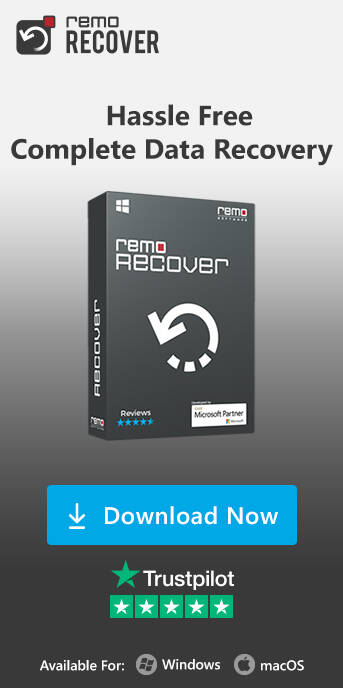Widgets are small, interactive, and stand-alone applications that allow users to access and view important information without opening a separate application. This saves the user’s time and makes your system or device more efficient, effective, and functional.
These Widgets can be added to the home screen of your computer or mobile device.
Users can move these widgets across their home screen panels and resize them (if permitted) to tailor the amount of information displayed within a widget.
Widgets enable the users to turn their personal content into dynamic web apps, which are then shared on websites wherein the code is installed. For example, a "Weather Report Widget" has the capability to report today's weather just by accessing data from the Weather Channel. If it has to be viewed by the website visitors, then the widget has to be embedded in a webpage, such as a Blogger blog sidebar. Also, the portion of a blog displaying ads is referred to as a widget.
The widget often acts as a transient or auxiliary application. This means a widget occupies a portion of a webpage and performs a small task by fetching the information from other websites and displaying the information in place. Some terms for describing widgets include portlet, web part, gadget, snippet, and flake. The default widgets available for Windows OS include a clock, CPU meter, picture puzzle image slideshow, etc.
Types of Widgets
Widgets are of many types, but these widgets are mainly classified into the following types:
Information Widget: These widgets are designed to gather and display information from various sources in one single place.
Weather, news, social media, and calendars are all examples of information widgets.
Control Widget: These widgets are designed to control various functions of your system or device.
Sound, display, clock, and notifications are all examples of control widgets.Collection Widget: These widgets display a collection of various items and files in one location. The most common widgets are photos, contacts, chats, music, applications, etc.
Hybrid Widget: These widgets combine all of the above widgets.
Web Widgets: These widgets are designed to be used on or embedded in web pages. Some of the major applications of these widgets are in areas such as site performance, SEO, and even backlink campaigns. For example, Widgetbox generates Web widgets that can be embedded on any website except on the pages using SSL, i.e., URLs beginning with https.
Desktop Widgets: These widgets are intended to be embedded on local computers. They do not impact on SEO or webpage performance. Examples: Apple Desktop widgets and Windows desktop widgets. These can only be added to the desktop of your local computer.
If you have deleted the vital HTML files of your widget and are worried about how to recover deleted html files, just click on the provided link to learn the perfect solution to get those files back.
If you are using older versions of Windows, refer to this article to learn how to upgrade to Windows 11 for free.
